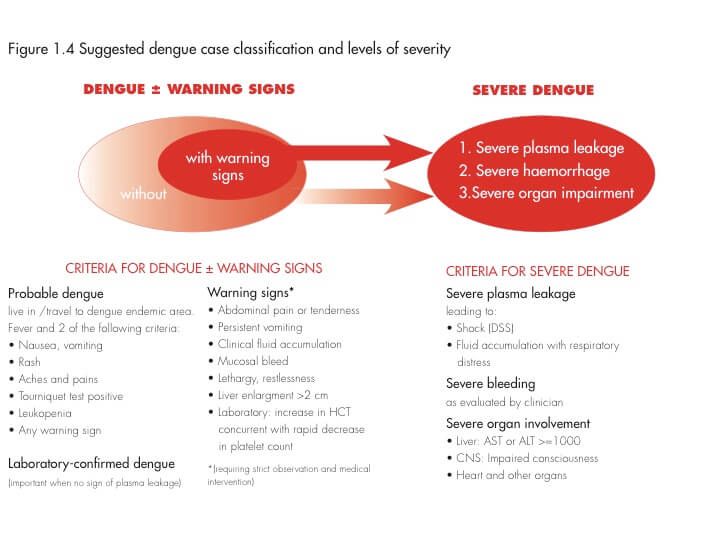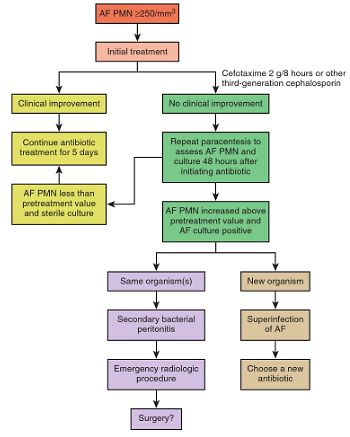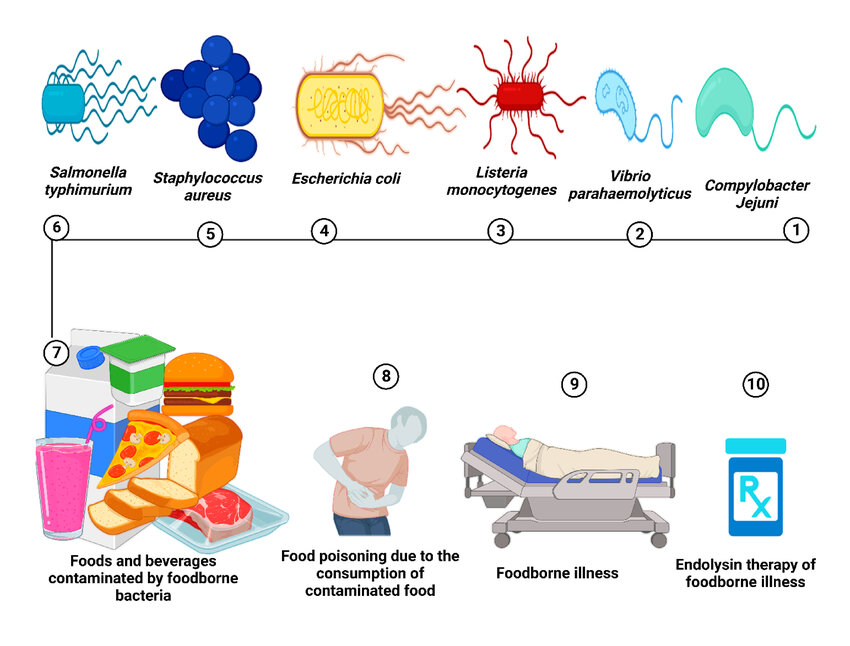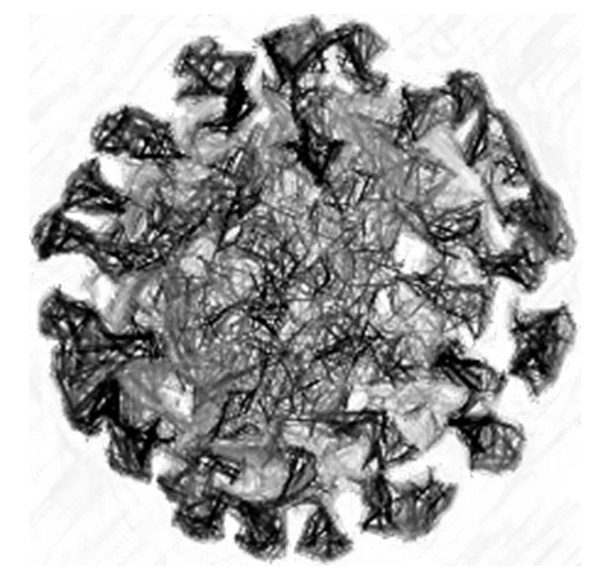Probable Dengue
Mnemonic: FEVeR TLC (Send Total Leukocyte Count in Fever)
a. Fever
b. Endemic area (living or travel)
and 2 of –
c. Vomiting and nausea
d. Rash
e. Tourniquet test positive
f. Leukopenia (EARLIEST sign)
g. Cramps and cries (Aches and pains)
Tourniquet test: Inflate the BP cuff between SBP and DBP and keep it inflated for 5 minutes:
>20 petechiae in 1 inch square indicates capillary fragility.

Warning Signs
Mnemonic: ALL LoVES
a. Abdominal pain or tenderness
b. Liver enlargement >2 cm
c. Lab – Progressive increase in hematocrit & decrease in platelet count
d. Lethargy, restlessness
e. Vomiting – persistent
f. Effusion (ascites/pleural effusion)
g. Spontaneous bleeding (mucosal bleeds)
Other warning signs: Pregnancy, Infancy, Old age, Diabetes mellitus, Renal failure, Living alone, Living far from home
Severe Dengue
Mnemonic: BCDEF
Any of the following:
a. Severe plasma leakage
b. Severe bleeding
c. Severe organ impairment
a. Bleeding (severe as assessed by Clinician)
b. Cardiac, CNS and other organs involved severely (Impaired consciousness, AST/ALT >/= 1000, etc.)
c. Decompensation of chronic disease
d. Epistaxis (minor bleeding) with thrombocytopenia (platelet <20,000/cu.mm)
e. Fluid leak (Shock or respiratory distress with fluid accumulation)
Confirmatory lab tests
a. Serology IgM
b. RT-PCR
c. NS1 antigen
Reference:
- Ajlan BA, Alafif MM, Alawi MM, Akbar NA, Aldigs EK, Madani TA (2019) Assessment of the new World Health Organization’s dengue classification for predicting severity of illness and level of healthcare required. PLoS Negl Trop Dis 13(8): e0007144. https://doi.org/10.1371/journal.pntd.0007144
- Dengue | CDC Yellow Book 2024

He is the section editor of Orthopedics in Epomedicine. He searches for and share simpler ways to make complicated medical topics simple. He also loves writing poetry, listening and playing music. He is currently pursuing Fellowship in Hip, Pelvi-acetabulum and Arthroplasty at B&B Hospital.



